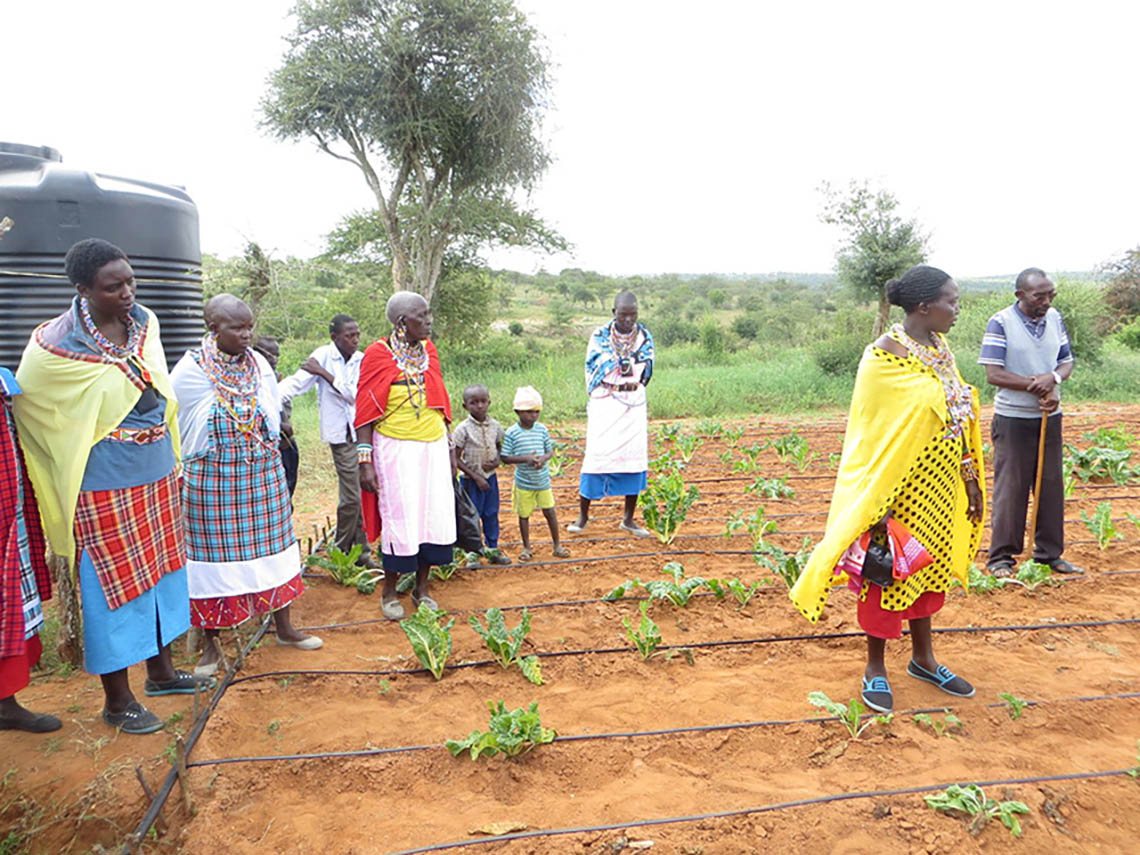There’s nothing like a patch of bright maize field growing on fertile land, showered by refreshing rainwater. Two vital natural resources enabled the expansion of human civilizations throughout millennia: soil and water. Now they are both endangered by the altered landscape as a result of human exploitation, as well as climate change.
This year’s Desertification and Drought Day’s theme “Restoration. Land. Recovery” is seeking to remind us that reversing land degradation takes many years. It is only achievable through coordinated action, strong community involvement and cooperation at all levels. This is the approach that the IAEA has been pursuing in supporting scientists worldwide on the use of nuclear techniques for assessing soil erosion and implementing soil conservation practices, which can help communities adapt to desertification.


